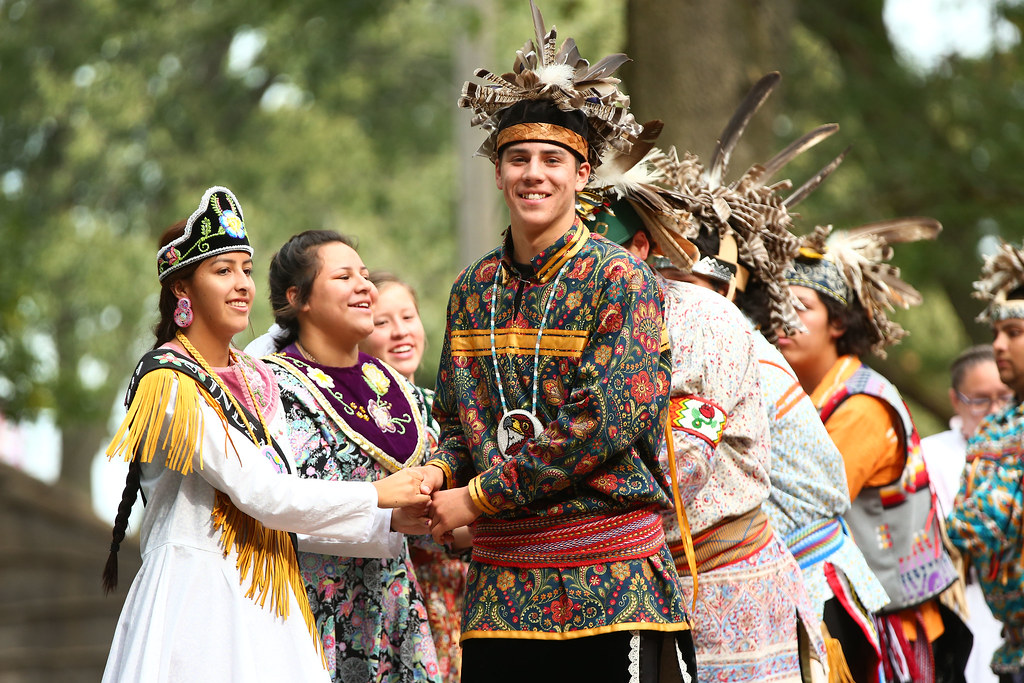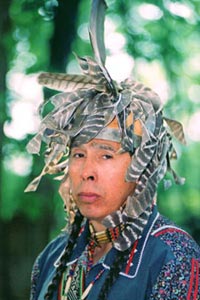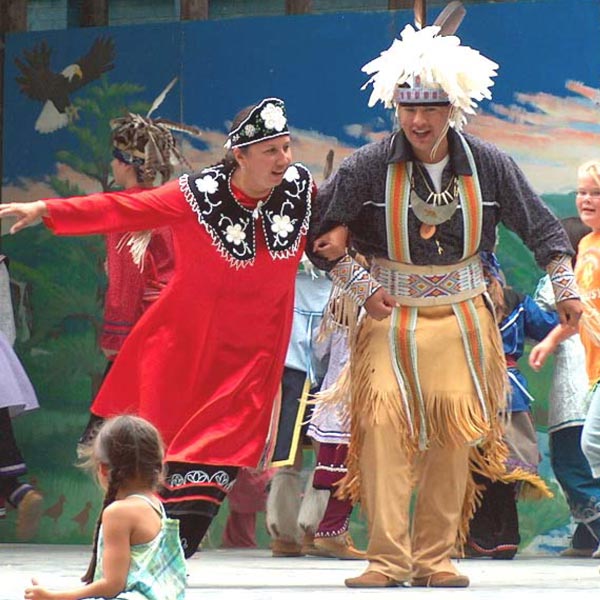
The Enduring Flame: Who Are the Onondaga People?
In the heart of what is now Upstate New York, amidst rolling hills and ancient lakes, resides a people whose history is as deep-rooted as the forests that once blanketed their ancestral lands. They are the Onondaga Nation, the "Keepers of the Central Fire," the spiritual and political epicenter of the Haudenosaunee Confederacy, also known as the Iroquois Confederacy. Far from being a relic of the past, the Onondaga are a vibrant, sovereign nation actively navigating the complexities of the 21st century while steadfastly upholding traditions and a philosophy of peace that predates European arrival by centuries.
To understand the Onondaga is to understand a profound connection to land, an intricate system of governance, and an unyielding commitment to their identity in the face of immense historical pressures.

The Origins of a Confederacy: Keepers of the Central Fire
The Onondaga people’s story is inextricably linked to the formation of the Haudenosaunee Confederacy. For millennia, the ancestors of the Onondaga, Mohawk, Oneida, Cayuga, and Seneca nations lived in the region, often engaged in cycles of conflict. Around the 12th century (though some estimates place it much earlier), a visionary known as the Great Peacemaker, along with Hiawatha and the revered Clan Mother Jigonhsasee, brought forth a transformative message: the Great Law of Peace, or Gayanashagowa.
This foundational constitution established a political union based on peace, power, and righteousness. Each of the original Five Nations held a specific role, but the Onondaga were given the crucial responsibility of being the "Keepers of the Central Fire." Their territory, situated geographically in the middle of the Confederacy’s lands, became the meeting place for the Grand Council. It was in Onondaga where the Confederacy’s wampum belts – intricate records of laws, treaties, and history – were kept, and where the decisions of the united nations were deliberated and ratified.
"Our position as Keepers of the Central Fire is not just a title; it is a sacred responsibility," states an Onondaga elder, whose wisdom echoes generations. "It means we hold the memory, the records, and the principles of the Great Law for all the Haudenosaunee. Our fire must never go out."
The Great Law of Peace is a remarkably sophisticated system. It introduced concepts such as checks and balances, consensus-based decision-making, and a bicameral legislative structure, predating similar ideas in Western political thought by centuries. It laid out a path for resolving disputes without warfare, emphasizing unity and the welfare of the people. Later, in the early 18th century, the Tuscarora Nation joined the Confederacy, making it the Six Nations.
A Matriarchal Heart: The Power of the Clan Mothers
Perhaps one of the most striking aspects of Onondaga and Haudenosaunee society is its matrilineal structure. Lineage, property, and political power flow through the mother. Women, particularly the Clan Mothers (Guswenta), hold immense authority and influence. It is the Clan Mothers who are responsible for selecting, installing, and, if necessary, impeaching the Chiefs (Hoyaneh) who represent their clans on the Grand Council.
"The Clan Mothers are the bedrock of our society," explains an Onondaga woman involved in language preservation. "They are the guardians of our culture, our land, and our future generations. They ensure that decisions made today will benefit those seven generations yet to come." This "Seven Generations" philosophy, a core tenet of Onondaga thought, dictates that every major decision must consider its long-term impact on the Earth and future descendants, fostering an inherent sense of environmental stewardship and responsibility.

Chiefs, traditionally men, are chosen for their wisdom, integrity, and dedication to their people. They serve the community, acting as voices for their clans and adhering to the principles of the Great Law. Their power is derived from the people and is subject to the oversight of the Clan Mothers, ensuring a balance of power and accountability.
Navigating the Storm: Colonialism and Resilience
The arrival of European powers in North America brought profound and often devastating changes to the Onondaga and the Haudenosaunee. Initial interactions involved trade and diplomacy, as evidenced by the Two Row Wampum Belt (Kaswentha), a foundational treaty between the Haudenosaunee and European newcomers. This belt symbolizes two parallel vessels, each carrying its own people, laws, and customs, traveling side-by-side down the river of life without interfering with the other.
However, the relentless expansion of colonial powers, coupled with introduced diseases, land encroachment, and the pressures of war, severely tested the Confederacy. The American Revolutionary War proved to be particularly devastating. Despite efforts to remain neutral, the Confederacy was ultimately fractured, with some nations siding with the British and others with the Americans, leading to internecine conflict and the infamous Sullivan Expedition of 1779, which systematically destroyed Haudenosaunee villages and crops.
Following the war, the Onondaga, like other Haudenosaunee nations, saw their vast traditional territories drastically reduced through treaties, sales, and often, outright theft. Today, the Onondaga Nation Territory is a significantly smaller reservation located just south of Syracuse, New York. Yet, despite these immense losses, the Onondaga people never ceased to exist as a distinct, sovereign nation. They maintained their traditional government, their language, and their ceremonies, continuing to live by the principles of the Great Law.
Modern Struggles: Sovereignty, Land, and Environment
In the modern era, the Onondaga Nation continues to assert its inherent sovereignty, often challenging the jurisdiction of state and federal governments. This struggle manifests in various ways:
- Taxation: The Onondaga maintain that they are not subject to state sales or income taxes on their territory, viewing such impositions as an infringement on their sovereignty. This has led to ongoing legal and political battles.
- Land Claims: In 2005, the Onondaga Nation filed a landmark land rights action against New York State and several corporations, seeking recognition of their aboriginal title to over 2.5 million acres of ancestral lands, including much of present-day Syracuse. While the claim was ultimately dismissed by the U.S. Supreme Court on procedural grounds in 2010, the Onondaga’s stated purpose was not to evict residents but to initiate a dialogue about reconciliation, environmental stewardship, and historical injustice. As Onondaga Nation Council of Chiefs member Sid Hill stated at the time, "We want to live up to our responsibility to protect the land. We believe that all people have a right to clean water, clean air, and food that has not been poisoned."
- Environmental Stewardship: A central focus of the Onondaga Nation’s efforts is the remediation of Onondaga Lake, a body of water central to their creation stories and traditional life, which became one of the most polluted lakes in the United States due to industrial dumping. The Nation has been a persistent advocate for its cleanup, working with state and federal agencies to ensure its restoration. Their advocacy stems directly from their traditional responsibilities as stewards of the Earth, encapsulated in the Haudenosaunee Thanksgiving Address, a recitation that acknowledges and gives thanks for all elements of the natural world.
A Living Culture: Language, Ceremonies, and Future Generations
Despite centuries of assimilation pressures, the Onondaga language (Onondaga Gawęnoˀ) persists, though it is critically endangered. Dedicated community members are actively engaged in revitalization efforts, establishing language immersion programs and archiving traditional stories to ensure its survival for future generations.
Traditional ceremonies, tied to the cycles of the seasons and agricultural life (such as the Green Corn Ceremony, Midwinter Ceremony, and Strawberry Festival), remain vibrant. These ceremonies are not merely cultural performances but integral spiritual practices that reinforce the Onondaga’s connection to the land, their history, and the Creator. They are moments for communal gathering, thanksgiving, and the reaffirmation of identity.
Young Onondaga people are increasingly engaged in these revitalization efforts, bridging traditional knowledge with modern tools. They are learning the language, participating in ceremonies, and advocating for their nation’s rights on national and international stages. This youth involvement is critical, ensuring the "enduring flame" of Onondaga culture continues to burn brightly.
Conclusion: A Legacy of Peace and Perseverance
The Onondaga Nation stands as a powerful testament to the resilience of Indigenous peoples. They are not a forgotten tribe, but a sovereign nation with a rich past and a determined future. Their story is a reminder that history is not just about conquest and loss, but also about survival, adaptation, and the enduring strength of cultural identity.
From their ancient role as the Keepers of the Central Fire of the Haudenosaunee Confederacy to their contemporary struggles for sovereignty and environmental justice, the Onondaga people embody a profound commitment to peace, the well-being of future generations, and the sacred responsibility of caring for the Earth. Their ongoing journey is a vital chapter in the broader human story, offering timeless lessons on governance, sustainability, and the true meaning of self-determination. The fire at Onondaga continues to burn, a beacon of their enduring spirit and an inspiration to all who seek a more just and peaceful world.


